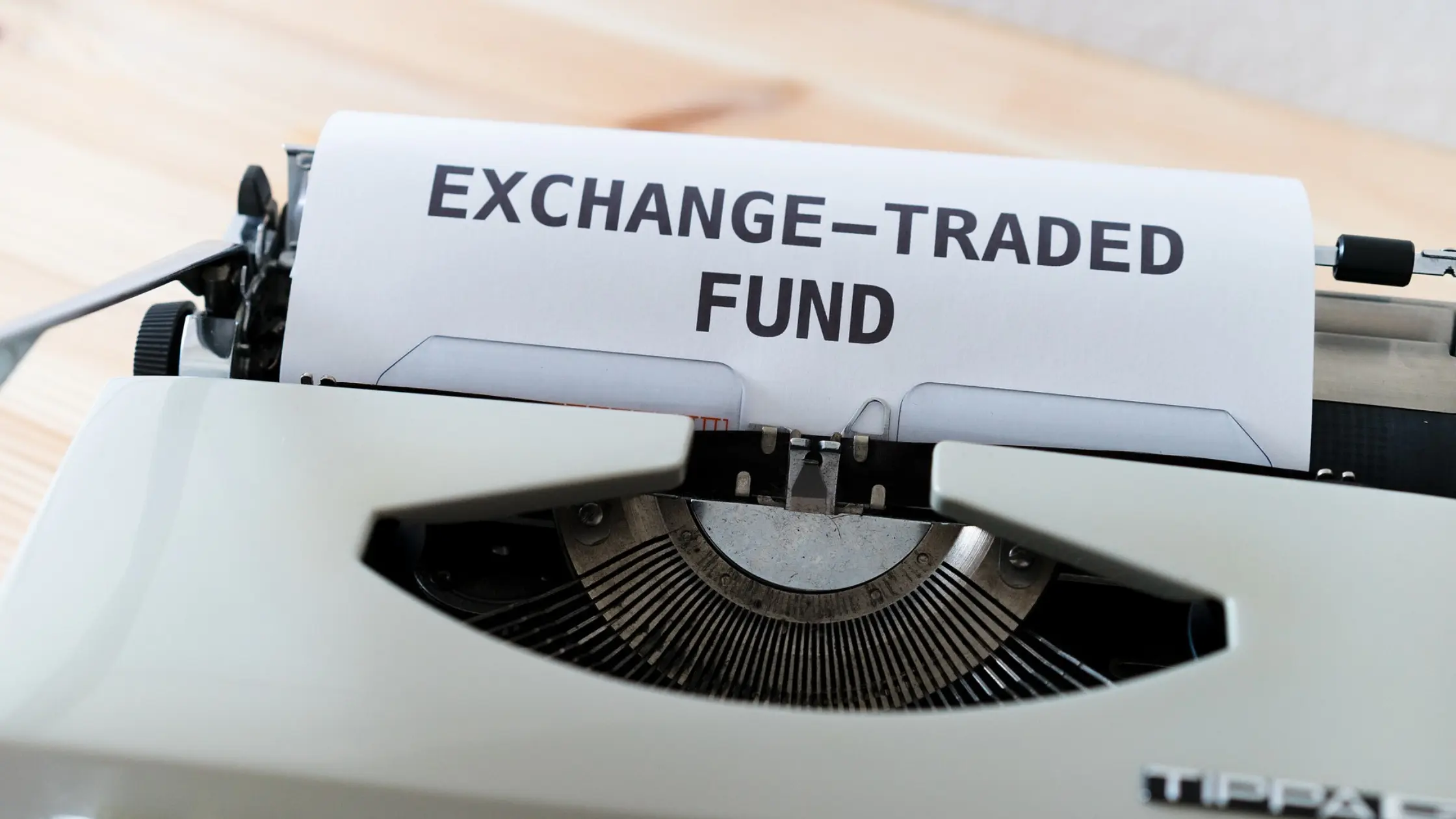Cutting Losers: Why It Can Be Important For Long-Term Returns
March 16, 2021

A well-worn expression in the investment world goes: “Cut your losses short, let your profits run.”
How does cutting losses square with the idea that investors should hold long-term because stocks generally rise over time?
The latter part of the above expression fits comfortably with the simple “buy and hold” strategy.
But the earlier part of that expression needs some explaining – that is, how does cutting losses jive with the idea that if you hold on to your stocks long enough, they will eventually become profitable?
The first thing to be said is that the idea of holding on to investments as they “mean revert” – go up and down – on rising long-term trend lines relates to broad stock markets in healthy economies.
That is, as the economies grow, the earnings and value of the economy’s stock market should generally gain in tandem.
Not all stocks go up
But the idea that stocks generally rise over time is not necessarily true of every company on the stock exchange.
So, unless you are buying an exchange traded fund (ETF) that mirrors the entire stock index, the idea of buying and holding doggedly through downturns has to be tempered with a good dose of caution.
If you are stock-picking, rather than buying the whole index through an ETF, there is always the risk you might end up with some rotten companies from the barrel which will never come good.
Real-life example
Take the example of Chesapeake Energy. This is a US shale oil company which had been in decline since mid-2014.
Chesapeake had been troubled by a large amount of debt and a series of bad acquisitions going back years.
Its share price fell progressively from over US$5,500 in mid-2014 to a low of US$8.71 in May of last year.
It then filed for bankruptcy shortly after, in June. At the time of writing, it was trading at around US$40 a share.
Timing losses difficult
A 10% stop-loss strategy – a common threshold amongst investors for getting rid of losers – would have seen an investor who bought in at US$6,000 in June of 2014 bail out at US$5,400 the very next month (July 2014).
The long-suffering buy-and-hold investor would not be 6.5 years older and US$5,355 per share poorer than if he had stopped out earlier.
Their shares would now be worth only 0.7% of the purchase prices. Ouch. However, it has to be said that implementing a consistent stop-loss strategy profitably is very difficult.
Watch the losers in a bull market
Instead, it’s easier to identify losers in a portfolio during a bull market, when most stocks are moving up, and yet you have an exceptionally few underperformers that are going down.
That underperformance in a bull market may signal bearishness/problems in the particular sector that the stock is in or management problems or both.
This was the case with Chesapeake Energy, whose problems with the price of crude oil were compounded by poor management decisions.
Disclaimer: Chief Investment Strategist Say Boon Lim doesn’t own shares of any companies mentioned.
Say Boon Lim
Say Boon Lim is CGS-CIMB's Melbourne-based Chief Investment Strategist. Over his 40-year career, he has worked in financial media, and banking and finance. Among other things, he has served as Chief Investment Officer for DBS Bank and Chief Investment Strategist for Standard Chartered Bank.
Say Boon has two passions - markets and martial arts. He has trained in Wing Chun Kung Fu and holds black belts in Shitoryu Karate and Shukokai Karate. Oh, and he loves a beer!







